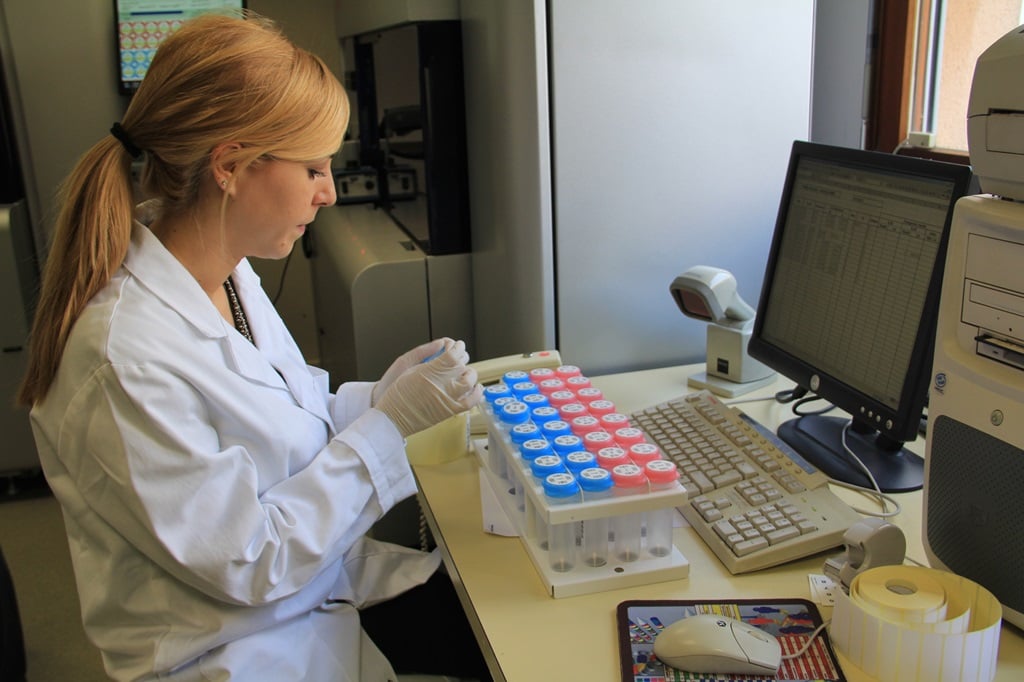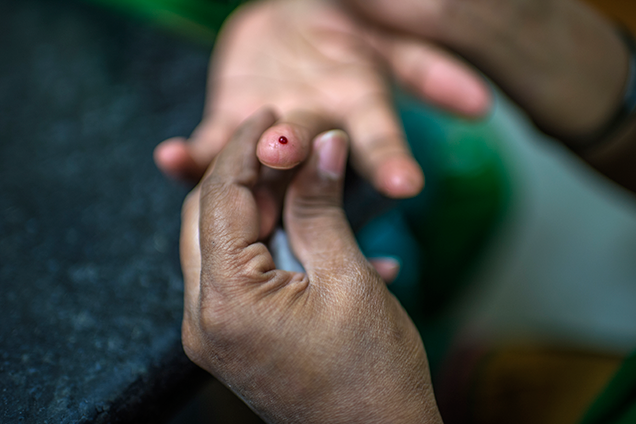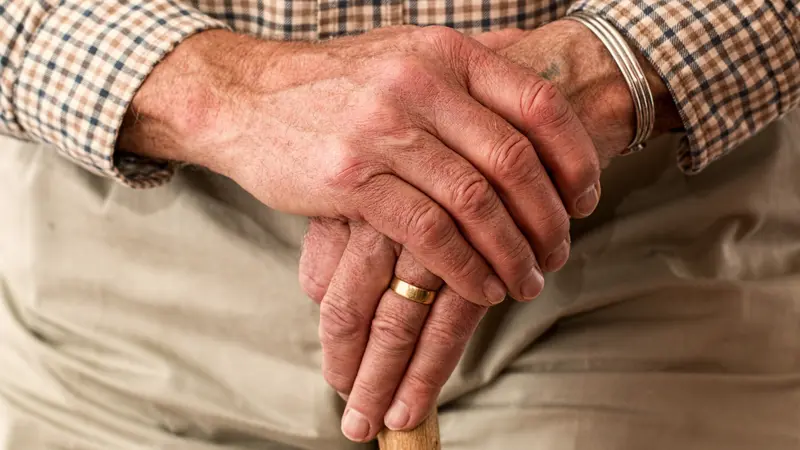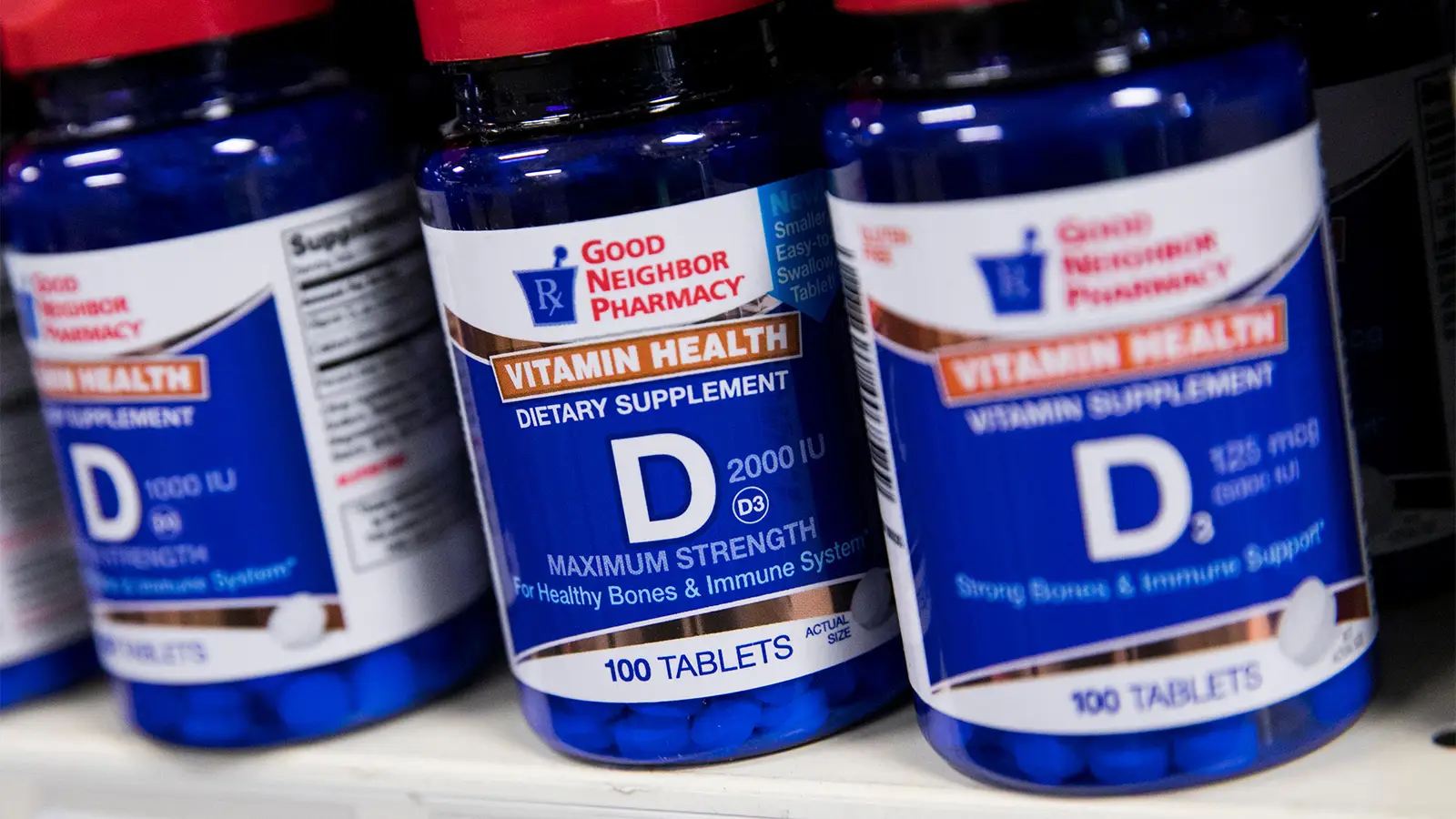The prostate is a gland below the bladder and in front of the rectum in men and people assigned male at birth (AMAB). It consists of connective tissues and glandular tissues. It adds fluid to semen, and its muscles help push semen through your urethra. Conditions that affect your prostate include cancer, prostatitis and benign prostatic hyperplasia.
What does a prostate do for a man?
Your prostate contributes additional fluid to your semen (ejaculate). Ejaculate is a whitish-gray fluid that releases from your penis when you orgasm. The fluid contains enzymes, zinc and citric acid, which help nourish sperm cells and lubricate your urethra (pronounced “yer-ree-thruh”). The urethra is a tube through which ejaculate and pee flow out of your body.
Your prostate’s muscles also help push semen into and through your urethra when you orgasm.
Do women have a prostate?
No, women don’t have a prostate. Women and people assigned female at birth (AFAB) have Skene’s glands. However, some people refer to Skene’s glands as the female prostate gland.
The Skene’s glands are on either side of the urethra. Medical researchers believe these glands may secrete fluid that helps with urination (peeing) and cleanliness. They may also have a function for sexual intercourse, possibly providing the fluid for female ejaculation.
Where is the prostate located?
Your prostate is below your bladder and in front of your rectum. Your urethra runs through the center of your prostate.
What does the prostate look like?
Your prostate has five lobes: anterior (in the front) and posterior (in the back) lobes, two lateral lobes (on the sides) and one median (in the middle) lobe. Connective tissues and glandular tissues make up its structure. The prostatic fascia covers your prostate. Prostatic fascia is a sheet of stretchy connective tissue.
How big is the prostate?
Your prostate is about the size of a walnut.
The prostate usually gets larger after age 40 (benign prostatic hyperplasia). It can grow from the size of a walnut to the size of a lemon. Benign prostatic hyperplasia (BPH) isn’t cancerous, and it doesn’t increase your risk of developing prostate cancer.
How much does your prostate weigh?
Your prostate weighs about 1 ounce (30 grams), which is as heavy as five U.S. quarters.
What are the common conditions and disorders that affect the prostate?
Common conditions that affect your prostate include:
Prostate cancer. Prostate cancer is the second most common type of cancer that affects men and people assigned male at birth (AMAB).
Inflammation (prostatitis). Four different prostatitis conditions cause inflammation in your prostate gland: acute bacterial prostatitis, chronic bacterial prostatitis, chronic pelvic pain syndrome (CPPS) and asymptomatic inflammatory prostatitis. It’s the most common urinary tract issue in men and people AMAB younger than 50, and the third most common in men and people AMAB over 50.
Benign prostatic hyperplasia. BPH causes your prostate to grow, which can cause blockages in your urethra. Almost all men and people AMAB will develop some prostate enlargement as they age.
What are the warning signs of prostate problems?
Common warning signs of prostate problems include:
Pain in your penis, testicles or perineum (pronounced “pare-uh-nee-um”). The perineum is the area between your testicles and your rectum.
Frequent urges to pee.
Pain while peeing (dysuria) or ejaculating.
Slowness or dribbling of your pee stream.
Difficulty starting to pee.
Frequent need to get up at night to pee.
Erectile dysfunction (ED).
Blood in urine or semen (hematospermia).
Pain in your lower back, hip or chest.
What are common tests that check the health of the prostate?
Common tests to check your prostate health include:
Digital rectal exam. Your healthcare provider inserts a gloved, lubricated finger into your rectum and feels your prostate gland. Bumps or hard areas may indicate cancer.
Prostate-specific antigen blood test. Your prostate makes a protein called protein-specific antigen (PSA). Elevated PSA levels may indicate cancer. PSA levels may also rise if you have BPH or prostatitis.
Biopsy. Your healthcare provider uses a needle to get a sample of your prostate tissue. A healthcare provider will examine the sample under a microscope in a lab.
What are common treatments for the prostate?
Prostate treatment depends on the type of condition you have.
Prostate cancer
Active surveillance. You get screenings, scans and biopsies every one to three years to monitor cancer growth.
Brachytherapy. Brachytherapy is a type of internal radiation therapy. Your healthcare provider places radioactive seeds in your prostate. The seeds help preserve the surrounding healthy tissue.
Focal therapy. Focal therapy focuses on treating only the cancerous area of your prostate. Focal therapy options include high-intensity focused ultrasound (HIFU), cryotherapy, laser ablation and photodynamic therapy (PDT).
Prostatectomy. Your healthcare provider surgically removes your prostate.
Prostatitis
Depending on the cause and type of your prostatitis, your healthcare provider may recommend:
Medications. Some medications help relax the muscles around your prostate and bladder to help improve urine flow. Antibiotics help kill infection-causing bacteria.
Stress management. Counseling for anxiety and depression can help relieve symptoms.
Exercises. Pelvic floor exercises can help reduce or eliminate muscle spasms.
Benign prostatic hyperplasia
Medications. Medications can help decrease the production of hormones that cause your prostate to grow.
Surgery. Surgery can remove the obstructing prostate tissue that blocks the flow of pee.
Water vapor therapy. A healthcare provider inserts an instrument through your urethra and into your prostate. The instrument emits steam vapor, which kills prostate cells and shrinks your prostate.








